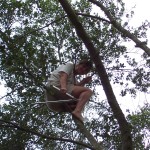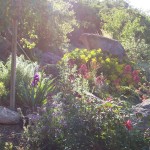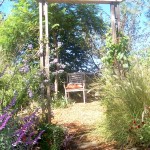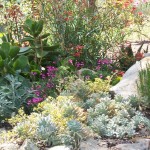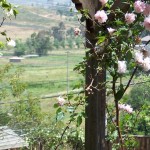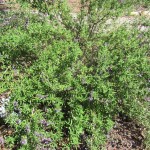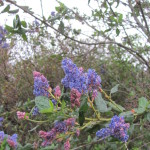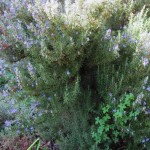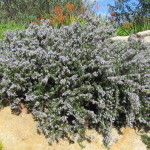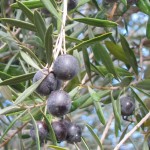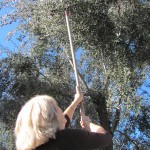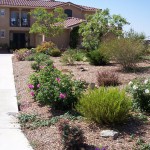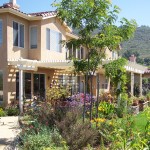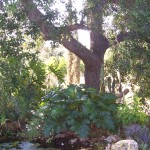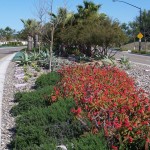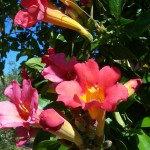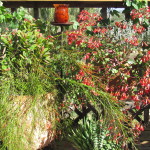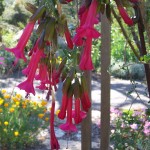I had the pleasure last week to speak with Robin Y Rivet, urban Forester/ISA arborist for CCSE’s, the Center for Sustainable Energy in San Diego ( https://energycenter.org ), a non-profit organization that is holding free workshops for home owners and business professionals on the many benefits of sustainable landscaping.
Robin Rivet is CCSE’s urban forester for ATAC (“Advice and Technical Assistance Center”). She is ISA certified arborist and UCCE master gardener. The ATAC hosts free workshops for homeowners, professionals and municipalities to “explore the relationship between urban forestry and sustainability”. In addition to featuring a different educational live tree each week, they offer free workshops, outreach events and a community based website. The next workshops will be:
May 16, 5:30-7:30 pm, Make Sustainable Tree Choices to Increase Property Value, with Robin Rivet, urban forester and UCCE master gardener.
Ms. Rivet will offer advice about why trees enhance property value, and how to choose and locate the healthiest trees that appreciate in value over time and enhance the property value of your home, school or business.
June 2, 5:30 pm – 7:30 pm: Sustainable Fruit Trees: Best Practices for Homes and Schools, with Tom Del Hotal, ISA certified arborist, Southwestern College adjunct faculty member and chairman of the California Rare Fruit Growers San Diego Chapter
Tom Del Hotal will provide an overview of what fruit trees do best in our region and some tips on getting the best results from your choices.
There are many other workshops relating to sustainability, fiscal incentives, outdoor water conservation rebate programs (I could only find one for commercial and multi-family), air conditioning, photovoltaics, cooling systems… check out the workshops and register at https://energycenter.org/index.php/outreach-a-education/advice-and-technical-assistance-center/2474-upcoming-workshops
A last note about their resource library: It is an awesome collection of books relating to urban forestry, green roof plants, BM (best management) Practices, study guides for the arborist certification and many other great books, and the borrowing is free. I also picked up several great educational “Tree City USA Bulletins” prepared for the homeowner and landscape professional by the National Arbor Day Foundation. These pamphlets contain easy-to-read information, diagrams and photos on topics such as tree ailments, laws governing trees and tree choice for the right place, to name just a few. I’m sure that I will refer to these in my work and give copies of them to my clients.
Addresses:
ATAC Advice and Technical Assistance Center
8690 Balboa Ave., S.D. 92123
Robin Y Rivet robin.rivet@…
Robin Rivet at 858.634.4741
https://energycenter.org/index.php/outreach-a-education/advice-and-technical-assistance-center
